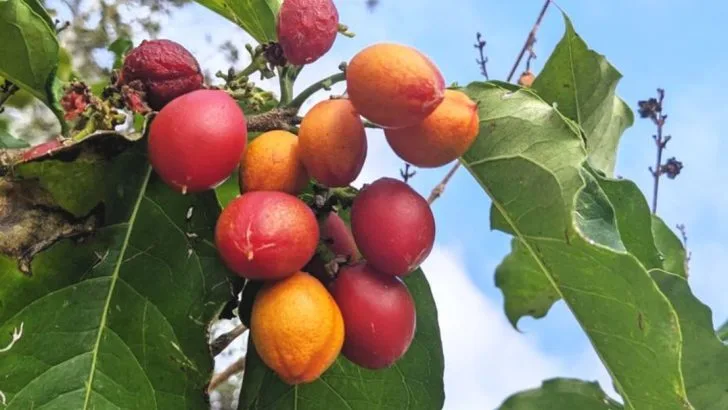You catch a whiff of chocolate, cinnamon, maybe even citrus—and instantly your mouth waters. But when you turn to find the source, it’s not your kitchen. It’s your garden.
Believe it or not, some plants have evolved to smell exactly like your favorite foods, even though you can’t (and shouldn’t) eat them. From flowers that smell like fresh cupcakes to leaves that release the scent of buttered popcorn, nature has its own secret recipe for delighting the senses.
Whether you’re looking to add a little fun to your garden, impress curious guests, or just surround yourself with unexpectedly delicious fragrances, these 15 plants deliver all the aroma—with none of the calories. Just don’t get tempted to take a bite.
Chocolate Cosmos
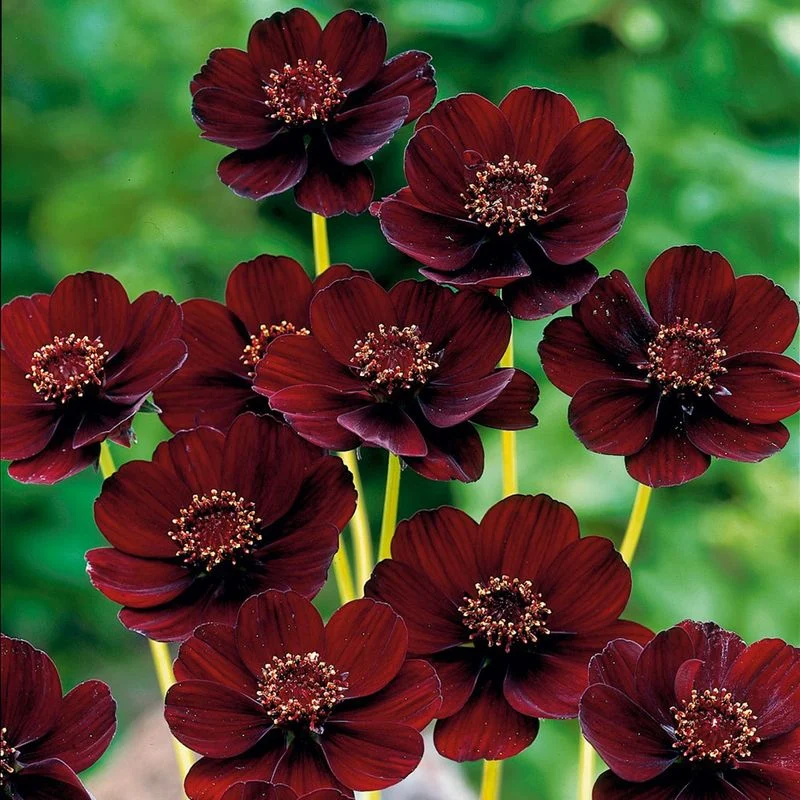
Ever craved chocolate while walking through a garden? Chocolate Cosmos might be to blame. This intriguing flower emits a rich, velvety cocoa fragrance, alluring chocolate lovers everywhere. Native to Mexico, its deep maroon petals almost resemble a dark chocolate bar. However, despite its seductive scent, the plant is toxic if ingested.
Gardeners cherish it for the delightful aroma and unique aesthetic it adds to any floral arrangement. It’s a reminder that nature can surprise us with scents that defy our expectations. Don’t let its charm fool you into a taste test!
Pineapple Sage
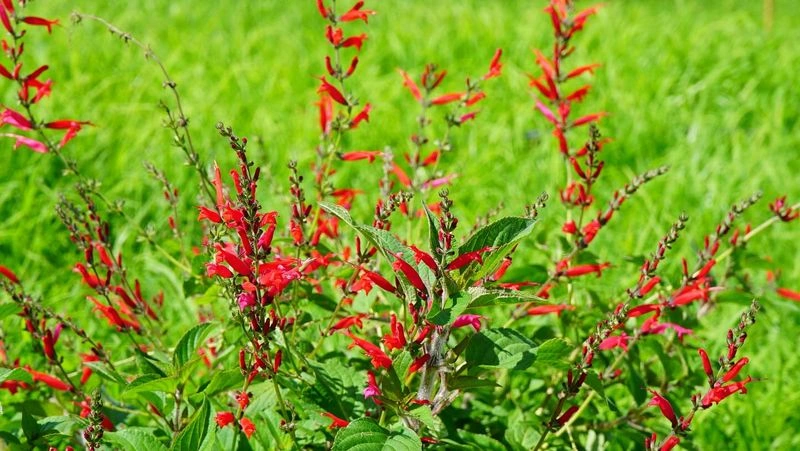
Imagine the refreshing scent of pineapple without the juicy fruit in sight. Pineapple Sage captivates with its tropical aroma, making garden strolls unexpectedly exotic. This plant, hailing from Central America, is adorned with striking red blooms. While it’s tempting to imagine, it doesn’t deliver the sweet taste.
Aside from its captivating fragrance, Pineapple Sage attracts hummingbirds and butterflies, adding life and movement to gardens. It’s perfect for those who love the essence of pineapple without the sticky fingers. Just inhale, enjoy, and let your imagination savor the scent.
Curry Plant
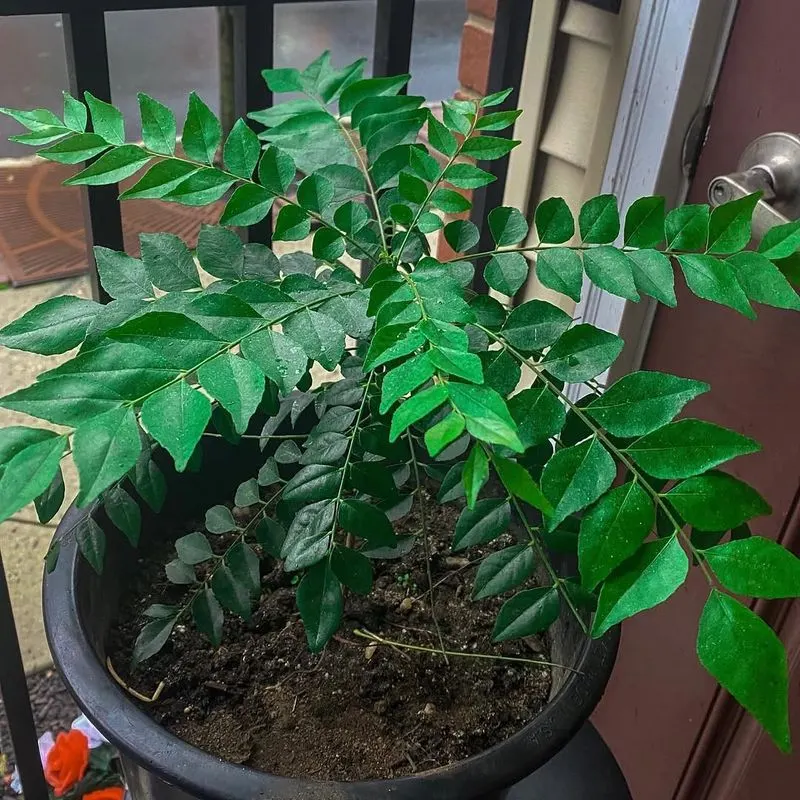
Fancy a whiff of curry without the spices? The Curry Plant offers just that. Its silvery, needle-like leaves release a scent strikingly similar to the popular spice mix. Native to the Mediterranean, this plant is more about fragrance than flavor.
While it smells like a delicious curry dish, it doesn’t share the taste or culinary uses. Garden enthusiasts appreciate its aromatic presence and unique foliage. Keep it around for a sensory trip to your favorite Indian restaurant, minus the calories. A plant that satisfies the nose, but not the palate.
Candy Cane Sorrel
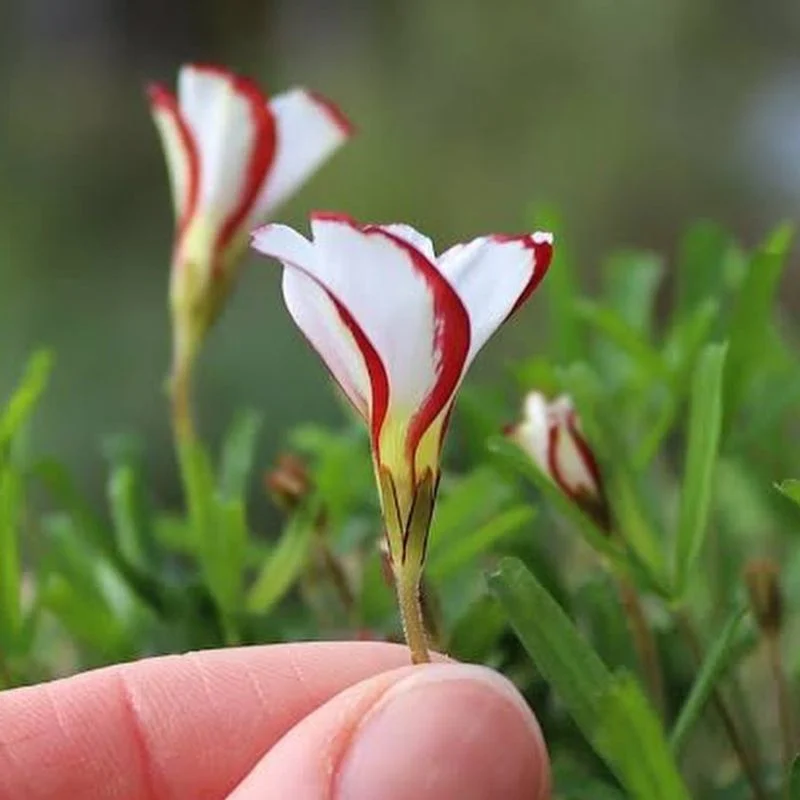
Nature’s version of a candy store, Candy Cane Sorrel enchants with its sweet, minty aroma. Its red and white striped flowers resemble classic holiday treats, evoking a sense of nostalgia. While its scent delights, the plant itself isn’t edible.
Originating from South Africa, it’s a conversation starter in any botanical collection. The striped blooms fold up at night, adding an extra layer of charm. For those who adore candy but prefer to skip the sugar, this plant offers a guilt-free sniff of sweetness.
Licorice Plant
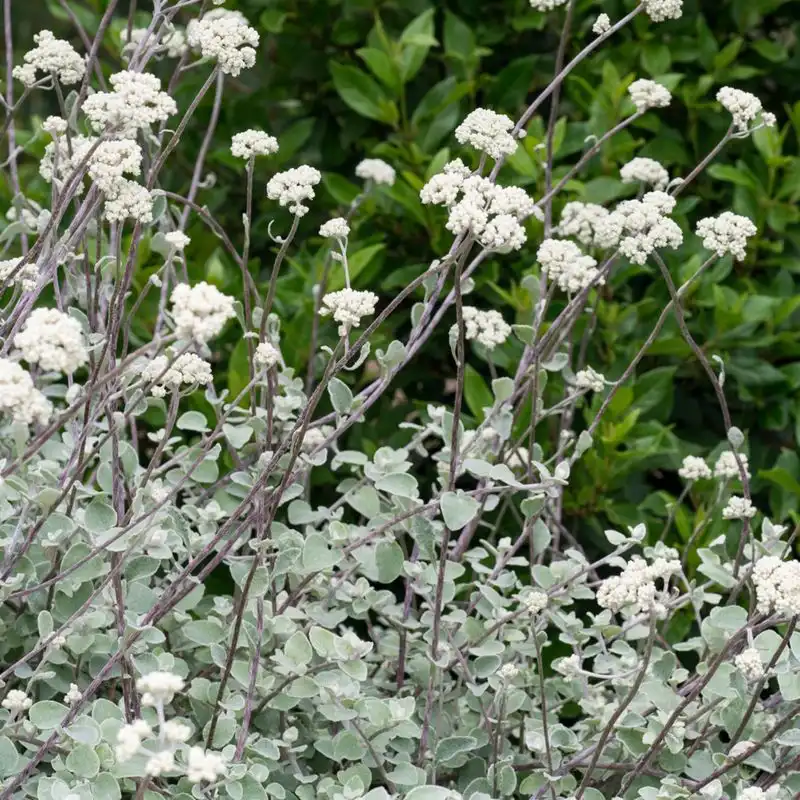
For those who relish the distinct aroma of licorice, this plant is a fragrant delight. Its grey-green leaves give off a sweet, anise-like scent, reminiscent of the confectionery favorite. Hailing from southern Africa, it’s favored for its aromatic qualities.
Although tempting, it’s not a substitute for the black licorice found in candy stores. Gardeners often use it as a decorative companion to more colorful plants. Enjoy the scent as you pass by, capturing the essence of licorice without indulging in the actual treat.
Coconut Orchid
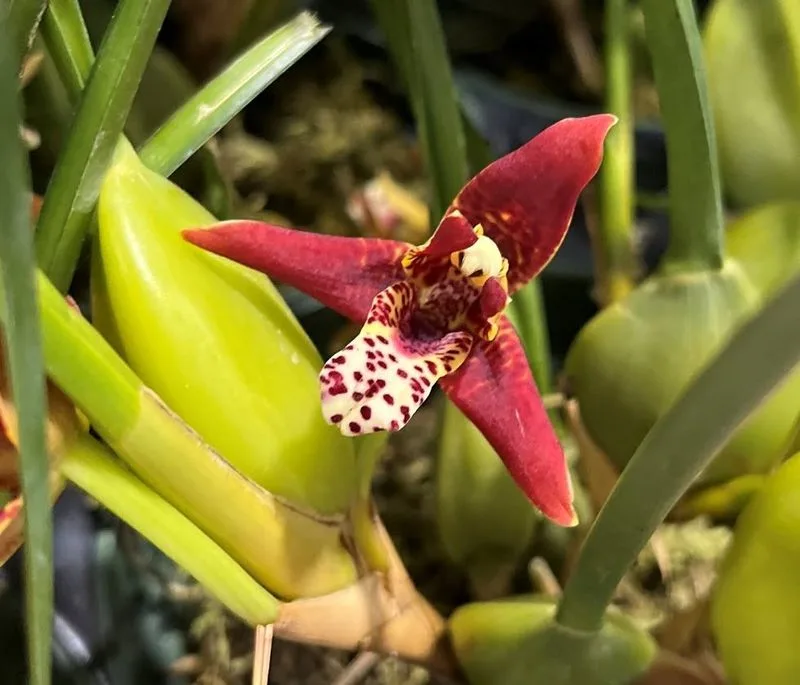
Ever wanted to experience the essence of a tropical paradise? The Coconut Orchid might just transport you there. Its flowers emit a creamy, coconut fragrance that conjures images of sun-kissed beaches. Despite the inviting scent, it’s not a snack.
Native to Central and South America, it thrives in humid environments and adds an exotic touch to any plant collection. Orchid enthusiasts prize it for its unique scent and stunning appearance. Bask in its aroma and let your imagination wander to faraway shores.
Peanut Butter Tree
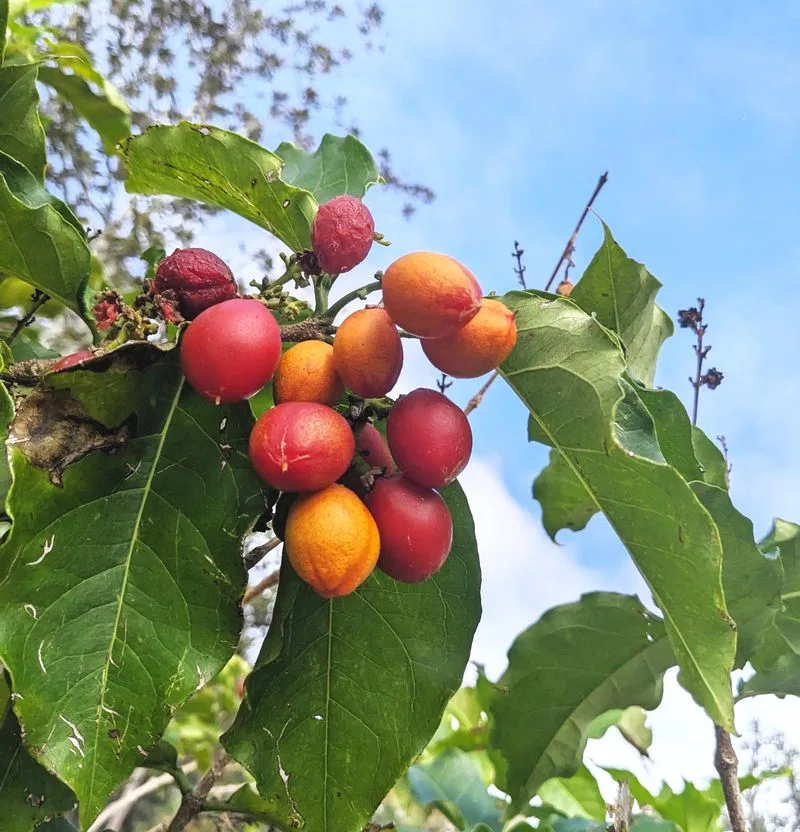
Imagine a garden where the scent of peanut butter wafts through the air. The aptly named Peanut Butter Tree makes this dream a reality. With its leaves releasing a nutty aroma, it intrigues the curious nose.
Though the smell is reminiscent of everyone’s favorite spread, the tree doesn’t provide the creamy delight. Originally from South America, it adds an unusual sensory experience to any garden. It’s a fun addition for those who love peanut butter but prefer to keep it off their diet plan.
Ginger Plant
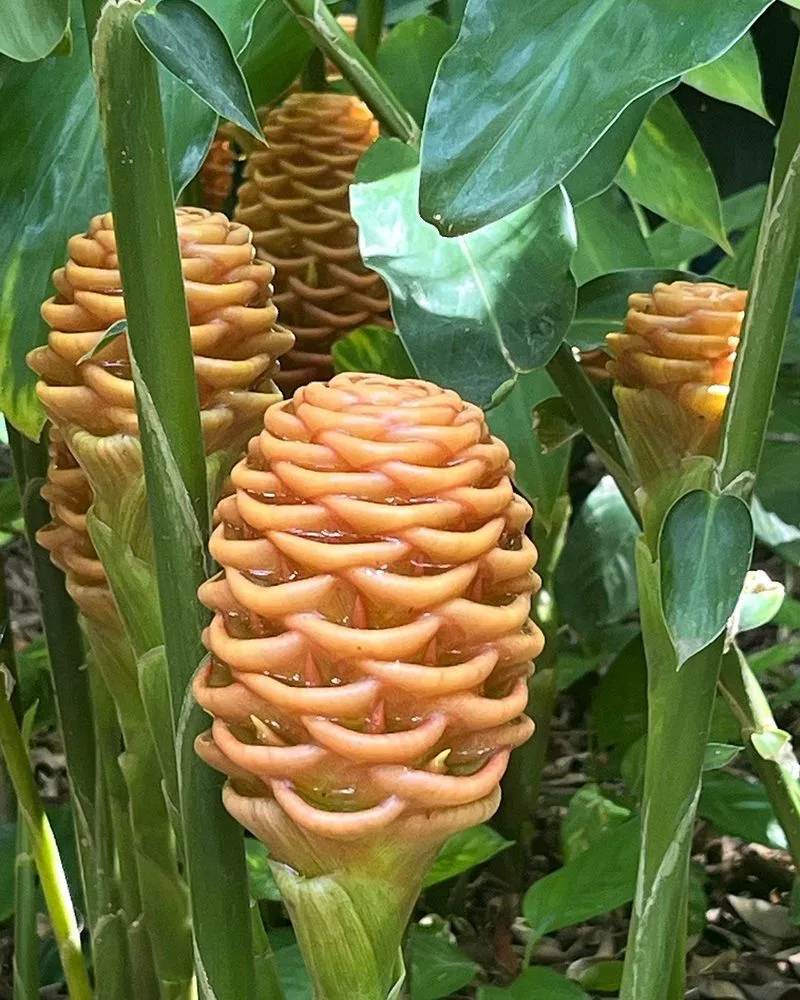
Encounter the spicy aroma of ginger without needing to cook. The Ginger Plant’s leafy presence adds a zingy fragrance to any space. Its bold scent is a nod to the spice’s culinary fame, though the plant itself isn’t edible.
Originating from Asia, it’s an eye-catching addition with its vibrant red flowers. Perfect for gardens needing a touch of spice and color. Satisfy the senses with its fragrance and visual appeal, leaving the actual ginger consumption for the kitchen.
Root Beer Plant
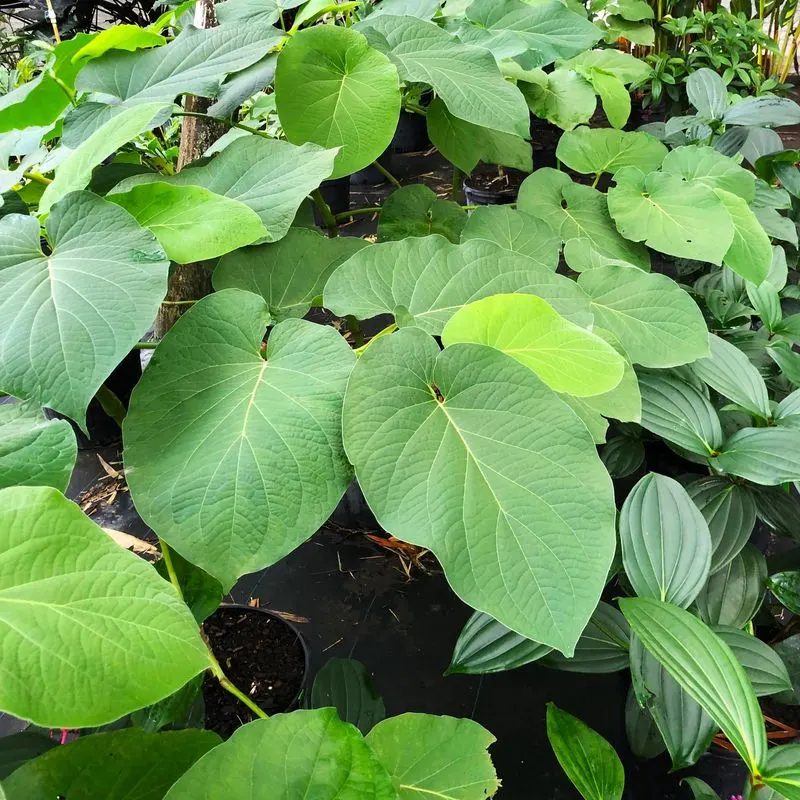
Craving the scent of a fizzy root beer float without the calories? The Root Beer Plant offers an olfactory experience that’s hard to forget. Its leaves exude a scent eerily similar to the popular beverage.
This plant is native to Mexico and Central America, where it’s often grown for its aromatic leaves. While it might trick the senses into expecting a tall glass of root beer, it’s strictly for the nose. Relish the fragrance that brings back memories of soda fountains and summer days.
Lemon Balm
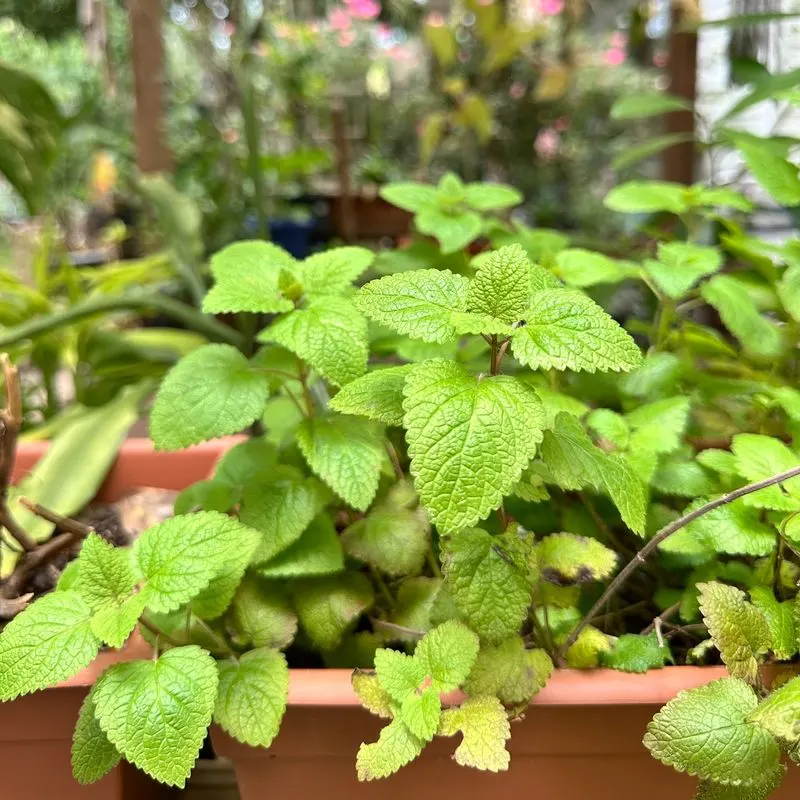
Lemon Balm brings the zest of fresh lemons to the garden without the citrus fruit. Its leafy aroma is refreshing, providing a burst of energy to any landscape. Though it’s edible in herbal teas, its scent is the main attraction here.
Originally from Europe, it has since found a place in gardens worldwide. It’s perfect for those who love lemon’s scent but might not have the space for a citrus tree. Let its fragrance invigorate your senses on a sunny afternoon.
Peppermint Pelargonium
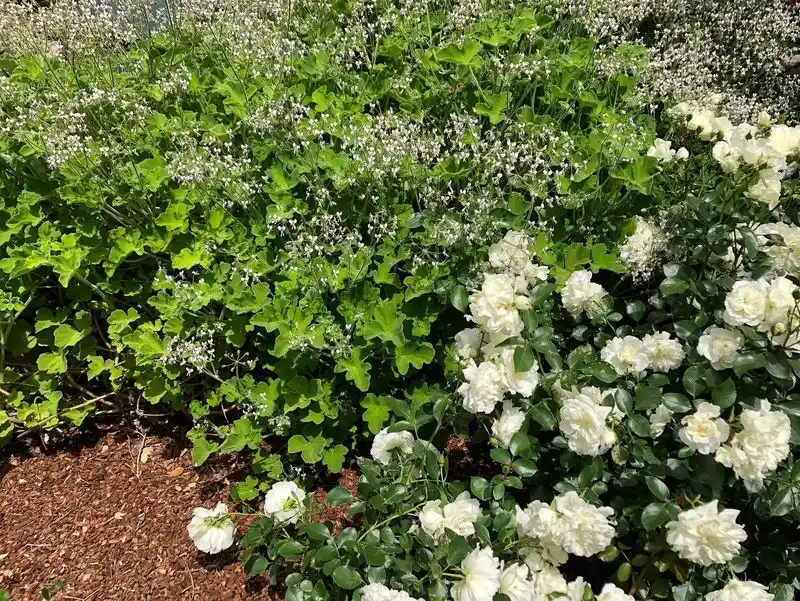
Houses can be filled with the refreshing scent of mint with a Peppermint Pelargonium. This plant’s fuzzy leaves release a minty aroma that brightens any space. Perfect for those who love mint but prefer to enjoy it without a mojito.
It’s a delightful addition to indoor plant collections, offering a sensory lift without the calories. Native to South Africa, it thrives in warm, sunny environments. A whiff of its fresh scent can transform a room into a minty haven.
Apricot-Scented Geranium
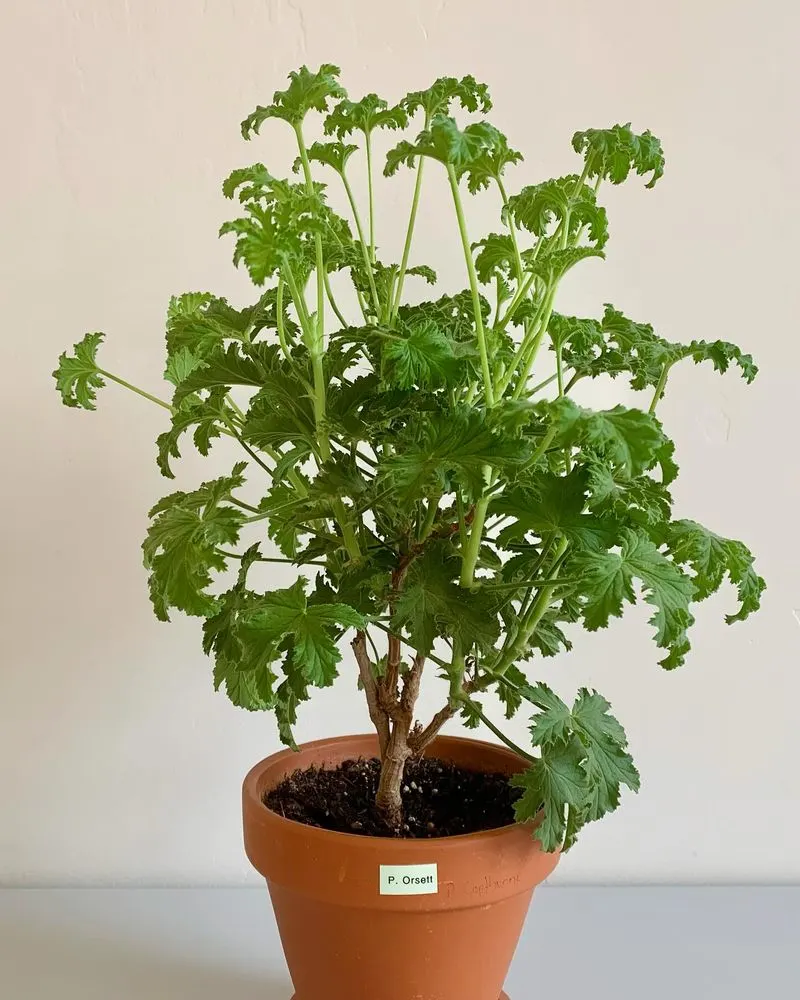
Experience the sweet scent of apricots simply by brushing past this plant. The Apricot-Scented Geranium releases a fruity fragrance that captures the essence of summer. Despite its inviting aroma, the plant isn’t suitable for snacking.
Originating from South Africa, it’s a gardener’s favorite for its aromatic and visual appeal. This geranium adds a touch of whimsy to any garden. It’s ideal for those who love apricots but prefer to enjoy them with their senses.
Cinnamon Basil
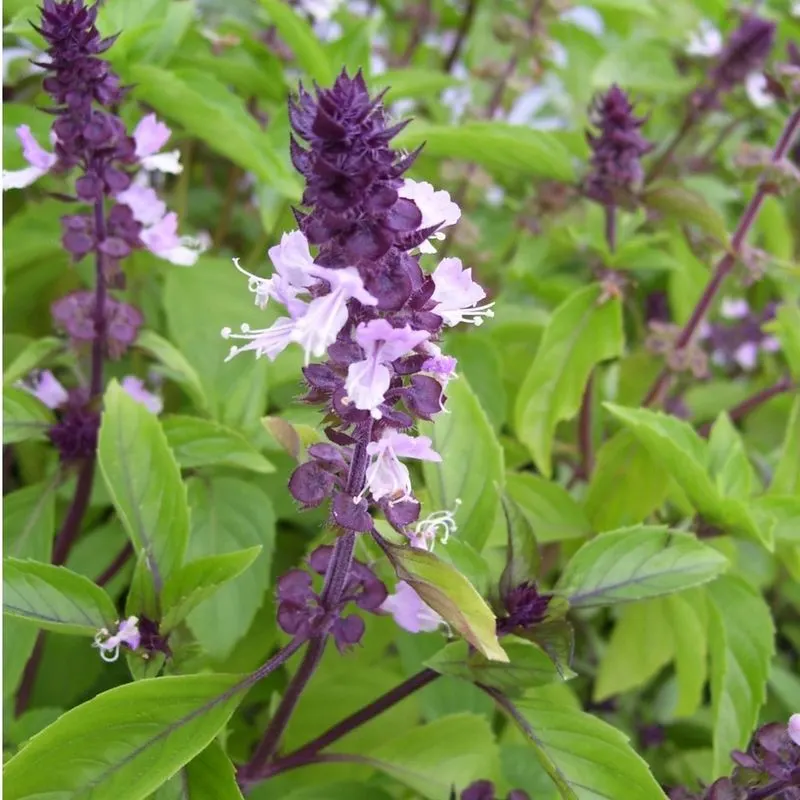
Cinnamon Basil conjures the spicy warmth of cinnamon rolls baking in the oven. Its leaves release a sweet, spicy fragrance that fills the air with warmth. While it can be used in cooking, the focus here is on its delightful aroma.
Native to Mexico, it’s a popular choice for herbal gardens and aromatic displays. Gardeners enjoy it for its unique scent and beautiful purple flowers. It’s a plant that offers the comfort of cinnamon’s scent without the calories or effort of baking.
Apple Mint
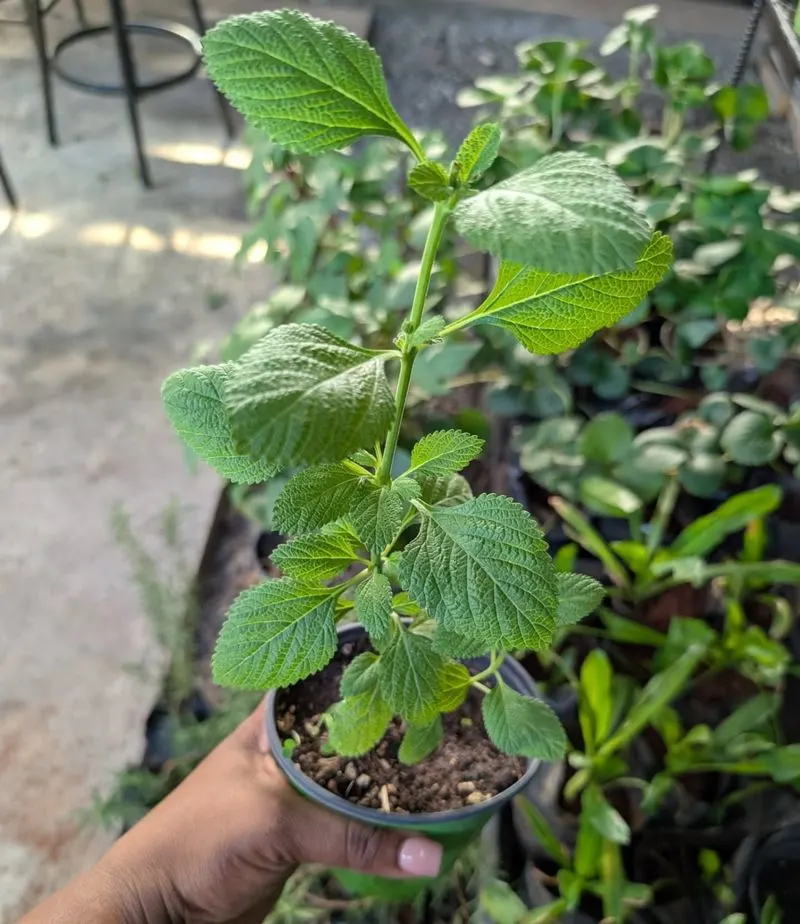
Apple Mint brings the crisp scent of apples to any green space. Its fuzzy leaves emit a fragrance that’s both refreshing and nostalgic. While it can be used in teas, this plant’s scent is the star of the show.
It’s a delightful addition to mint collections, offering a sensory experience that captures the essence of apple orchards. Perfect for those who love the smell of apples but prefer to savor it with their nose. Let its aroma transport you to a sunlit orchard.
Vanilla Orchid
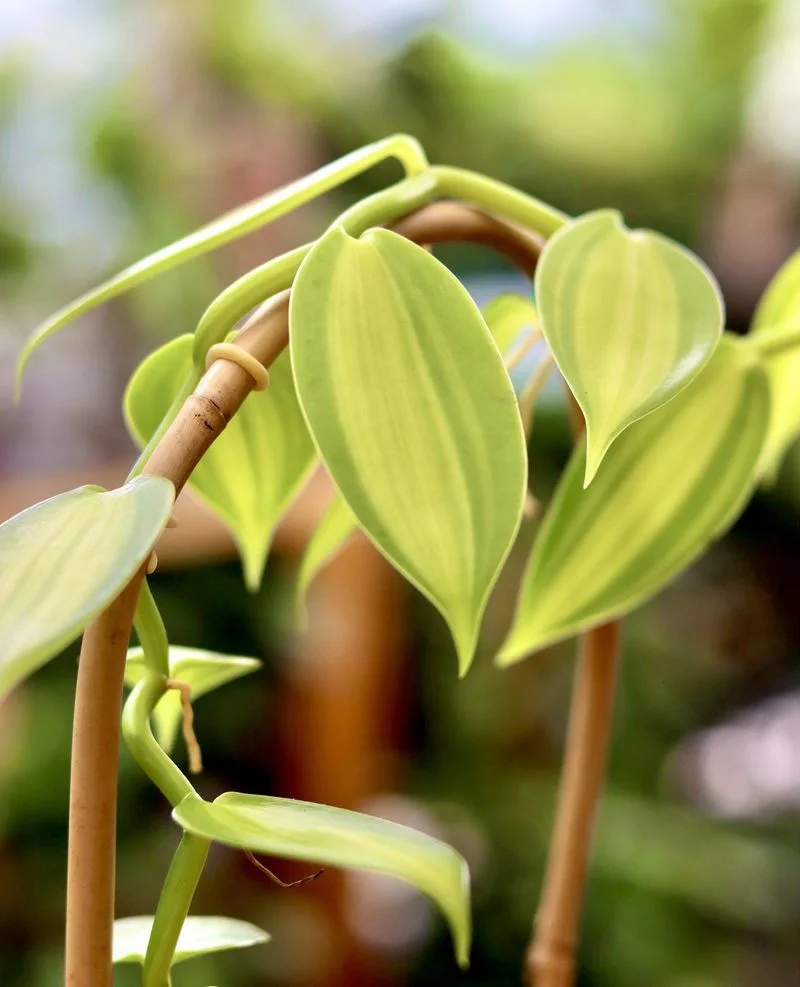
Vanilla Orchids offer the comforting scent of vanilla without the need for extract. These exotic blooms release a sweet fragrance reminiscent of baked goods. Though the scent is edible, the plant itself is not.
Originating from tropical regions, it requires a warm and humid environment to thrive. Orchid enthusiasts treasure it for its rare aroma and stunning appearance. Let the scent of vanilla fill your space, evoking memories of warm kitchens and sweet treats.

